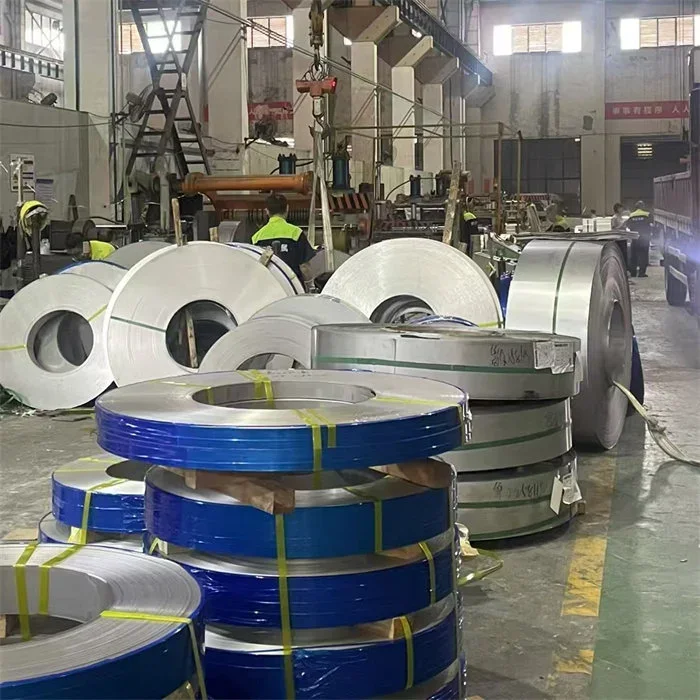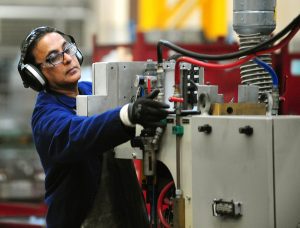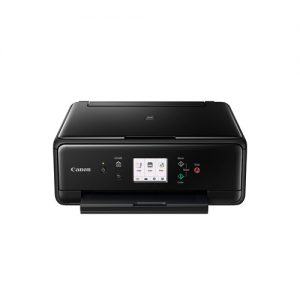As a scientist, researcher, or student, you know that having the right equipment is crucial to conducting successful experiments and achieving accurate results. An equipment list is a comprehensive inventory of all the tools, instruments, and materials needed for a particular scientific study or project. In this blog post, we will explore the importance of an equipment list in science and provide you with a comprehensive guide on how to create one.
Why is an Equipment List Important in Science?
An equipment list is essential in science for several reasons. Firstly, it ensures that you have all the necessary tools and materials to conduct your experiment or study. Without a complete equipment list, you may miss out on critical components, leading to inaccurate results or even failure.
Secondly, an equipment list helps you to plan and budget for your project. By knowing exactly what you need, you can estimate the cost of the equipment and materials required, allowing you to allocate resources effectively.
Finally, an equipment list helps you to maintain safety in the laboratory. By identifying all the necessary safety equipment, such as goggles, gloves, and lab coats, you can ensure that you and your team are protected from potential hazards.
How to Create an Equipment List in Science
Creating an equipment list in science requires careful planning and attention to detail. Here are the steps to follow:
Step 1: Identify the Experiment or Study
The first step in creating an equipment list is to identify the experiment or study you will be conducting. This will help you to determine the specific tools and materials required.
Step 2: List the Required Equipment
Once you have identified the experiment or study, list all the equipment and materials required. Be as specific as possible, including quantities, sizes, and specifications.
Step 3: Categorize the Equipment
Categorize the equipment based on their function or use. For example, you may categorize equipment as measuring tools, safety equipment, or laboratory apparatus.
Step 4: Check for Availability
Check the availability of the equipment and materials on your list. If any items are not available, you may need to consider alternatives or make arrangements to acquire them.
Step 5: Estimate the Cost
Estimate the cost of the equipment and materials required. This will help you to budget for the project and allocate resources effectively.
Step 6: Review and Update
Review and update the equipment list regularly to ensure that it remains accurate and up-to-date.
Conclusion
In conclusion, an equipment list is a crucial component of any scientific study or project. It ensures that you have all the necessary tools and materials, helps you to plan and budget effectively, and maintains safety in the laboratory. By following the steps outlined in this guide, you can create a comprehensive and accurate equipment list for your next scientific endeavor.









+ There are no comments
Add yours